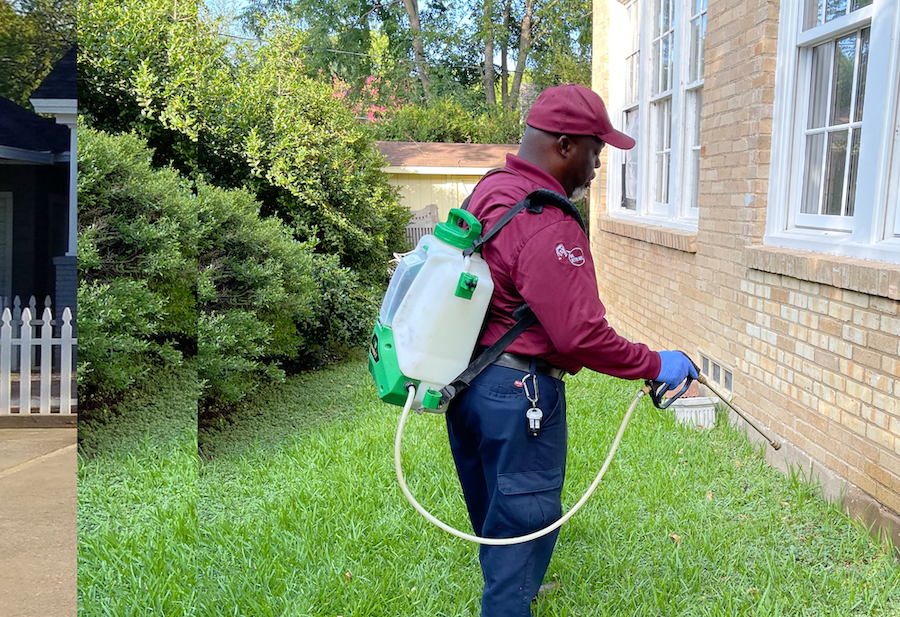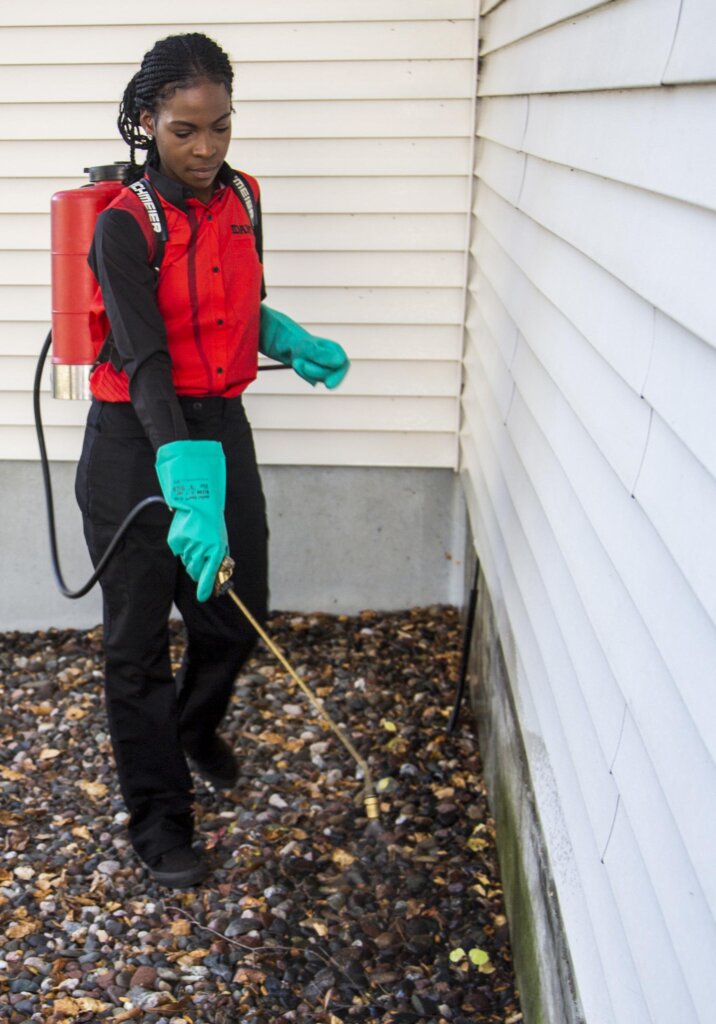Eco-Friendly Bug Control Approaches for Taking Care Of Wildlife in Urban Areas
Urban locations often discover themselves at the junction of human task and wildlife, causing unique difficulties in bug monitoring. Environment-friendly strategies emphasize lasting conjunction, using techniques such as habitat adjustment and all-natural repellents to minimize human-wildlife conflicts. These techniques not only safeguard the setting yet also enhance community engagement in wildlife management. As metropolitan populations continue to expand, recognizing the characteristics of wild animals communications comes to be increasingly crucial. What innovative techniques can be executed to guarantee both environmental balance and urban safety? Exploring this inquiry discloses an engaging landscape of prospective services.
Recognizing Urban Wild Animals Dynamics
Understanding Urban Wild animals Characteristics is vital for developing reliable and eco-friendly parasite control methods. Urban areas are significantly coming to be habitats for various wildlife varieties, driven by variables such as environment fragmentation, food availability, and human advancement. Acknowledging these characteristics enables for a nuanced method to pest management that aligns with eco-friendly concepts.
Urban wild animals typically includes varieties such as raccoons, squirrels, and birds, which adapt to city settings, discovering specific niches in green areas, parks, and also suburbs. Their existence can lead to problems with people, particularly when they make use of personnels for food and sanctuary. Understanding the actions and ecological functions of these varieties informs methods that decrease negative communications while promoting biodiversity.
Furthermore, recognizing the interdependencies within urban environments assists in recognizing vital areas for habitat preservation and repair. This understanding adds to the advancement of incorporated pest administration (IPM) methods that take into consideration the ecological balance, consequently lowering reliance on hazardous chemicals. By promoting conjunction in between human beings and urban wildlife, cities can produce healthier atmospheres that profit both homeowners and local environments, leading the means for sustainable metropolitan living.
All-natural Repellents and Deterrents
All-natural repellents and deterrents supply a lasting alternative to conventional pest control methods by utilizing the power of nature to maintain undesirable species away. These environmentally friendly remedies generally use plant-based active ingredients, important oils, and other naturally happening materials that prevent parasites without hurting the atmosphere.
One reliable all-natural repellent is peppermint oil, which is understood to push back rats and pests. Its strong fragrance is unpleasant to many insects, making it a popular selection for urban setups. Vinegar and citrus peels can serve as deterrents, as their solid smells are normally uninviting to various wild animals.
In addition, diatomaceous earth is an all-natural powder that can be spread in areas vulnerable to pest activity, effectively drying out and hindering pests without posing threats to non-target types. Garlic sprays and neem oil are recognized for their capacity to repel a wide range of parasites, including both bugs and bigger wild animals.
Executing these natural repellents not only minimizes reliance on chemical pesticides yet also advertises a much healthier urban environment, fostering a much more balanced conjunction in between humans and wildlife. By using these strategies, urban areas can properly manage insect populaces while decreasing environmental effect.
Environment Modification Techniques
Efficient habitat alteration strategies play an important duty in lasting pest management by modifying the setting to make it less for pest invasions. By recognizing the ecological dynamics of metropolitan areas, residential property proprietors can implement strategic modifications that discourage parasites while advertising biodiversity.
(Wildlife removal Port Charlotte)One key method entails preserving correct cleanliness. This consists of routine waste elimination, securing garbage bins, and removing standing water to decrease reproducing websites for bugs and rats. Additionally, landscaping methods such as picking native plants can enhance environmental balance, giving environments for useful microorganisms while minimizing resources for parasites.
Another essential method is to seal access factors in buildings. Examining and repairing cracks in structures, wall surfaces, and windows can considerably decrease pest access. Producing physical barriers, such as fencings or plant buffers, can hinder wild animals motion right into human-inhabited locations.
Integrated Bug Management Practices
Structure upon habitat modification strategies, integrated pest monitoring (IPM) practices supply an alternative approach to regulating bug populations while decreasing environmental influence. IPM integrates various methods, including organic, cultural, mechanical, and chemical controls, to attain efficient pest monitoring.
Biological control entails the introduction of all-natural predators or bloodsuckers to decrease pest populaces. Cultural techniques, such as plant turning and cleanliness, disrupt pest life process and diminish their environments - Pest Control. Mechanical controls, like catches and obstacles, offer prompt remedy explanation for pest stress without chemical intervention
Chemical controls are made use of as a last resort, concentrating on targeted applications that limit damage to non-target species and the atmosphere. The selection of eco-friendly pesticides, when needed, is essential to the IPM framework. Additionally, keeping an eye on insect populations and evaluating prospective damages helps notify decision-making, ensuring that interventions are prompt and efficient.
Neighborhood Participation and Education

(Wildlife removal Port Charlotte)Workshops and informative sessions can outfit residents with knowledge about native types, habitat conservation, and efficient non-toxic insect administration strategies. Collaboration with schools, local organizations, and federal government firms better enhances educational outreach, guaranteeing that crucial details reaches diverse audiences.
Furthermore, community-led efforts, such as community clean-up days and environment repair jobs, not just advertise biodiversity however additionally reinforce area connections. Pest control service. By encouraging residents to share their experiences and observations, communities can develop targeted techniques that deal with particular regional bug concerns
Including comments from citizens into insect administration prepares enables a more responsive and adaptive approach to wild animals challenges. Ultimately, educated and engaged areas are vital to accomplishing long-lasting success in green bug control, bring about healthier urban settings that value both human and environmental needs.

Verdict
Finally, environmentally friendly parasite control approaches deal sustainable options for managing metropolitan wildlife. By focusing on habitat alteration, utilizing all-natural repellents, and implementing integrated parasite administration techniques, communities can promote an unified coexistence with regional animals. Involving residents with education and learning boosts awareness and motivates liable wild animals interactions. Eventually, these approaches not only safeguard biodiversity yet also promote ecological health and wellness, making certain urban areas stay lively ecosystems where humans and wildlife flourish together.